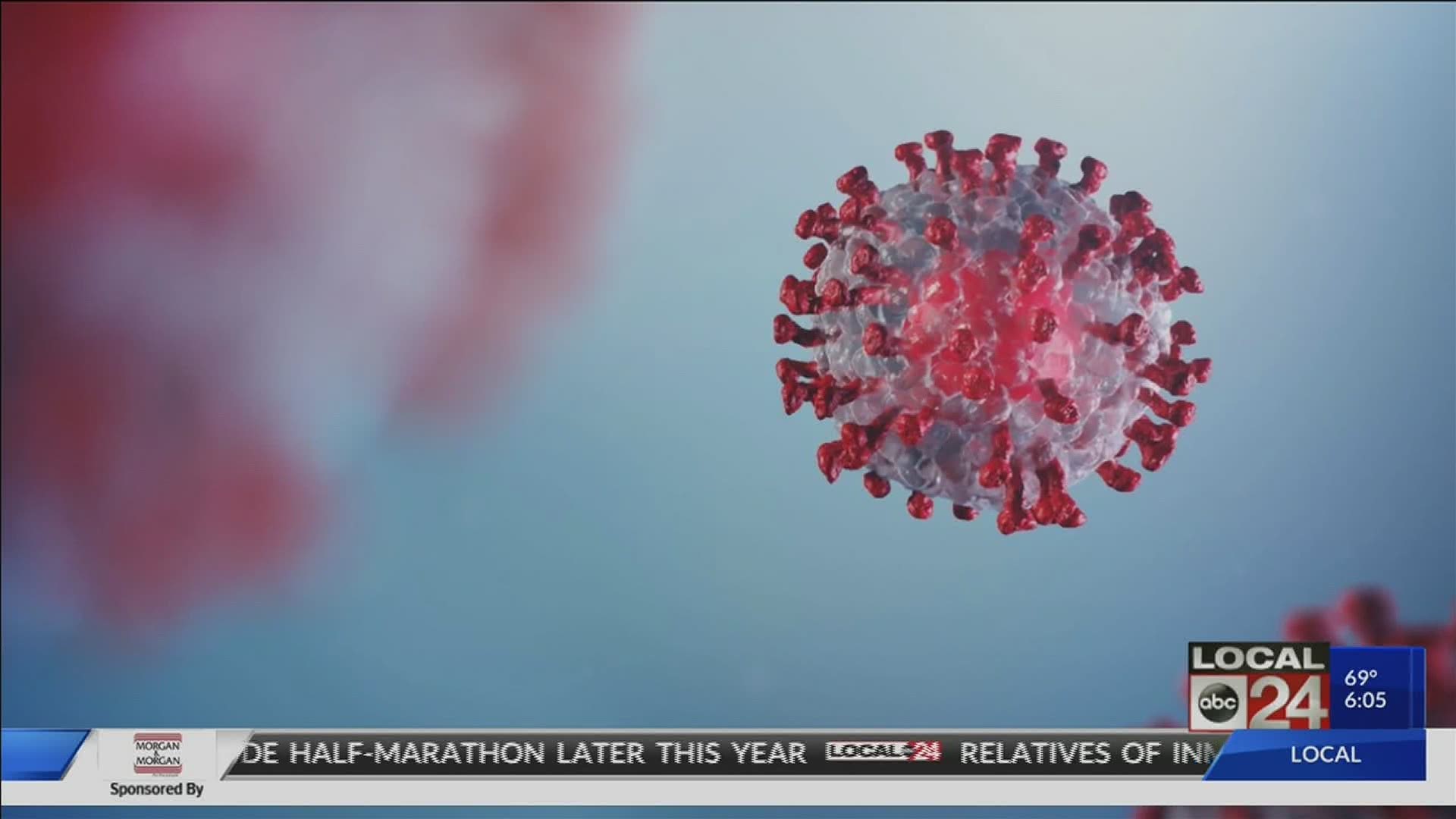NASHVILLE, Tennessee —
A new report from Vanderbilt University shows the transmission of COVID-19 is slowing across Tennessee, including here in the Mid-South. Researchers say it's proof that social distancing is working but adds that while progress has been made, the situation is still very fragile.
According to Vanderbilt researchers, the transmission rate has slowed down enough that if we continue on this path, Tennessee should reach its peak mid-May.
"I view last week as positive news across the state, but I'm very hesitant to proclaim that from the mountaintop because of how fragile that progress can be," said Dr. John Graves, Vanderbilt researcher.
Graves said statewide transmission numbers have dropped to 1.0. That means for every one person with COVID-19, they pass it on to one person. The number is significant because to control the epidemic, that number needs to be below one. Last week it was 1.4. While the state is averaging 1.0, the Mid-South is averaging about 1.25. It is slightly higher than the Nashville and Knoxville areas, though all urban areas showed reductions.
"We are not cocooned in our success here in Nashville. We have people traveling in from all different states, and that is particularly true in Memphis," said Graves.
Graves says states bordering the Mid-South either don't have “stay at home” measures in place or they went into effect after Tennessee and that could play a factor.
Vanderbilt's model is slightly different from the University of Washington's model. The University of Washington model said April 16 is the peak in Tennessee. Vanderbilt researchers say while the progress is positive, the situation remains delicate and uncertain.
"What our model is saying now, is that we have entered a simmer or plateau meaning the number of new cases per day would be expected to be relatively stable over the short term," said Graves.
Graves said there is a wild card: one unexpected outbreak could send projections skyrocketing. Graves said more social distancing, more testing and case tracing is needed. The further the transmission drops below 1.0, the lower the hospitalization and cases. If the transmission number rises, so will hospitalizations and cases
Graves also said that the numbers show higher rates in Tennessee's rural areas. That may be due to less testing and cases and available data. The report also compares Tennessee to what is happening in Sweden and Singapore. In Sweden, they have been following a voluntary social distancing plan. Singapore also put in restrictions but only after cases spiked.

